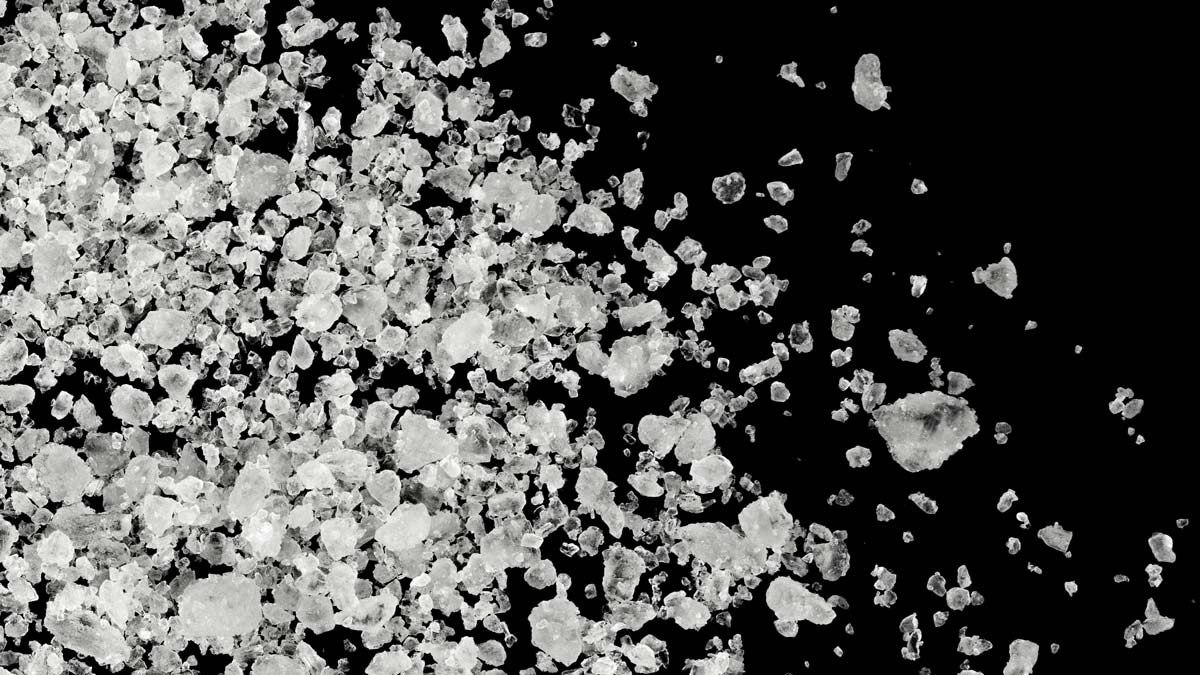A new study published in Brain Communications and led by scientists at NYU Langone’s Center for Advanced Imaging Innovation and Research finds additional evidence for the potential of sodium MRI as a biomarker of cognitive function in patients with mild traumatic brain injury, also known as concussion.
Concussions disrupt the brain’s homeostasis, a state of natural equilibrium in which sodium plays an essential role as it helps regulate the transmission of nerve impulses, maintain cell volume and fluid balance, and regulate the flow, volume, and pressure of blood.
“Ionic imbalances and sodium channel dysfunction, well-known sequelae of traumatic brain injury, promote functional impairment in affected subjects,” write the authors. “Therefore, non-invasive measurement of sodium concentrations using [sodium] MRI has the potential to detect clinically relevant injury and predict persistent symptoms.”
In the study, scientists scanned participants diagnosed with mild traumatic brain injury approximately three weeks and three months after concussion. From the MRI data, the researchers calculated the apparent total sodium concentration in grey and white matter. They also evaluated patients’ cognitive outcomes, symptom severity, and overall recovery at the three-week and three-month mark, with a final follow-up about a year later. Healthy volunteers served as a control group.
An analysis of the data from all these measures and comparison between the groups has shown that participants who had concussions also had lower apparent total sodium concentration in both grey and white matter shortly after injury. The team has also found that the normalization of sodium levels corresponded with improvement in measures of cognitive function (but not with measures of symptoms).
The researchers write that the findings, which are consistent with the team’s prior work, lend “further support to [apparent total sodium concentration] as a predictor of cognitive function rather than symptomatology.”
Ivan Kirov, PhD, associate professor in the departments of radiology and neurology at NYU Langone Health and senior author of the paper, said that the study follows the team’s 2021 publication in Brain Communications, “which showed previously unknown changes in ionic homeostasis after concussion.” In the new paper, “we study these changes over time, hoping that the results will spur further research in the potential use of sodium MRI as a biomarker for concussion-related deficits.”
A version of this post first appeared on the CAI2R LinkedIn.
Related Publications
Longitudinal changes in sodium concentration and in clinical outcome in mild traumatic brain injury.
Brain Commun. 2024 Jul 11;6(4):fcae229. doi: 10.1093/braincomms/fcae229
Global decrease in brain sodium concentration after mild traumatic brain injury.
SBrain Commun. 2021 Mar 23;3(2):fcab051. doi: 10.1093/braincomms/fcab051
Related Story
Ivan Kirov, scientist who uses magnetic resonance spectroscopy as a window into the brain, talks about MRS, being methodical, and why drawing clear conclusions can be so challenging.


